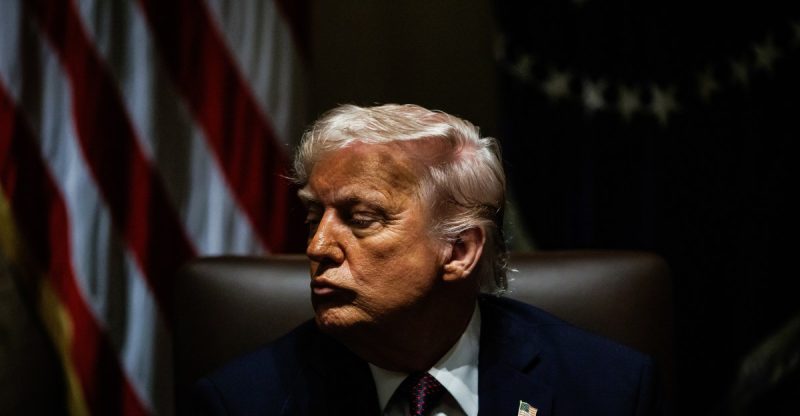
Donald Trump’s trade policies, particularly his imposition of tariffs, have been a defining feature of his presidency and continue to be a subject of intense debate. The economic consequences, both intended and unintended, are far-reaching and affect nearly every American. Understanding these impacts is crucial to navigating the current economic landscape.
One of the most immediate consequences of tariffs is increased prices for consumers. When tariffs are placed on imported goods, the cost of those goods rises, directly impacting the price at the checkout counter. This is particularly noticeable for goods heavily reliant on imported components, such as electronics and automobiles. This price increase can disproportionately affect lower-income households who spend a larger percentage of their income on essential goods.
Beyond the direct impact on consumer prices, tariffs also create ripple effects throughout the economy. Businesses that rely on imported materials face increased production costs, potentially leading to job losses or reduced investment. Furthermore, retaliatory tariffs from other countries can harm American exporters, limiting their access to foreign markets and negatively impacting industries like agriculture and manufacturing. The resulting trade wars can create uncertainty and instability, hindering economic growth.
The economic models used to predict the effects of tariffs are complex and often yield conflicting results. Some argue that tariffs protect domestic industries and create jobs, fostering a more self-reliant economy. However, others contend that the negative consequences, such as higher prices and reduced trade, outweigh any potential benefits. The long-term effects are still unfolding and subject to ongoing analysis and debate among economists.
Ultimately, the impact of Trump’s tariffs on the economy and individual wallets is multifaceted and complex. While some sectors might experience short-term gains, the overall effect is likely a combination of increased costs for consumers, reduced competitiveness for American businesses, and potential disruptions to global trade. It’s important to remain informed and critically evaluate the various perspectives on this significant economic policy.
The ongoing discussion surrounding tariffs highlights the complex relationship between trade policy and economic well-being. Understanding the potential consequences, both positive and negative, is crucial for making informed decisions and advocating for policies that promote sustainable economic growth and prosperity for all Americans.










